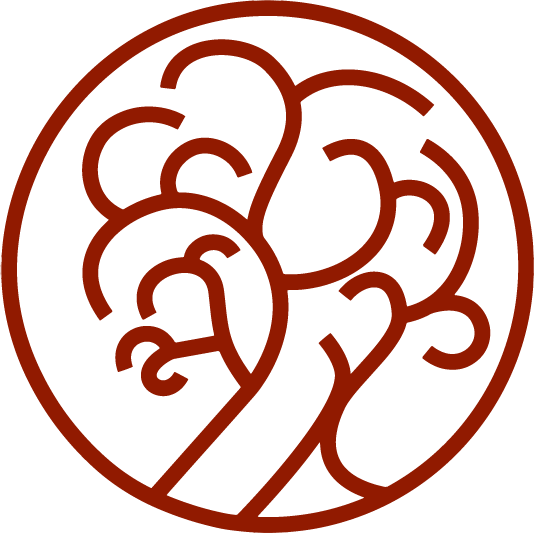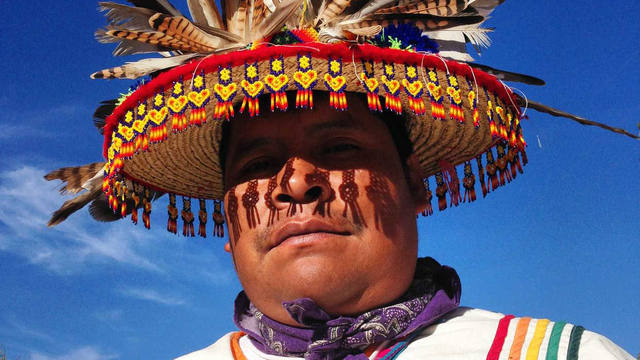"I hope for my children, and for all Mexicans, that they can be proud to be Mexican, proud of their heritage, and proud that they have a peaceful, inclusive, vibrant country that is playing a role in the world." - Enrique Pena Nieto
In the heart of the lush Sierra Madre Mountains lays a rare and ancient Mexican culture. Known as the Huichol to the world, but referring to themselves as Wixáritari (“the people”) these native Mexican peoples claim to have originated in San Luis Potosi, Central Mexico. Having populated San Luis Potosi for some 15,000 years, the Wixáritari were pushed out of the area with the arrival of the Spaniards.
They were forced to migrate deep into the Sierra Madre mountains. Finding refuge amongst the Tepecano community, they joined forces with other native Mexican tribes to ward off the Spanish invaders. Much of the history of these indigenous community, however, is not clearly documented, as Wixáritari use oral tradition to pass on their culture. Nevertheless, with the protection of the Sierra Madre Mountain, and the fierce determination of the Wixáritari people, their culture, traditions, and values still survive to this very day.
Who are the Mara’akame?
One important role within the Wixáritari culture is that of the shaman or Mara’akame. While many see these shaman as modern mystics, the Mara’akame are also responsible for important decision making. They decide who will govern their tribes, advise members of the community, and lead in important traditional ceremonies. However, Mara'akame above all are healers and communicators to the Gods. In order to perform their ceremonies, these ancient healers take peyote, known to the Mara’akame as hikuri. The hikuri is an ancient medicine and revered plant of the Wixaritari people.
Despite its importance peyote is not plentiful in the Sierra Madre mountains. As a result the Mara’akame take yearly pilgrimages back to San Luis Potosi (their home) to gather the peyote. This psychoactive drug is used in order to heal the sick, discover why misfortunes had befallen, and even for personal growth. These traditional medicine men believe that within nature there are ways of knowing which elude our physical reality. This is why the peyote plant is so revered, as it is a way for them to understand their world.
The Mara’akame also had shamanic specialities. Some would help bring rain for crops, others would heal sick children, and some had unique bonds with the Gods. For example, certain Mara’akame would specialise in scorpion bites. These shamans would use peyote to converse with the scorpion God, Paritsika, and make a sacred vow with him. In return they would gain the knowledge and power to help heal scorpion bites.
What is a Jicara?

There are many other animal deities with which the Mara’akame converse with and make vows, such as the wolf, or the serpent. The key Gods of Wixaritari religion are the Blue Deer, or Kauyumarie, the trinity of Corn, the Eagle, and Peyote. These deities are referenced in the artworks on traditional ceremonial items such as the jicara. The jicara is a decorative ceremonial bowl made from a gourd of the Calabash fruit tree. The gourd would be emptied and dried, making it look very similar to wood.
This type of gourd bowl is common throughout Mexico and is used for many different purposes. For example, Calabash gourds are also dried out and used for serving mezcal. The mezcal gourd bowls do not, however, have the unique symbols and designs of a traditional Wixaritari jicara. The first jicaras known to have been made by the Wixáritari people were decorated with stones, seeds, and other natural materials. Some of these designs are still on exhibit at the Museum of Natural History in New York City.
Wixaritari jicaras also come in different sizes according to what the Mara'akame would need the bowl for. Each jicara would have a specific offering in it. It is said that the offerings inside the jicara bowls are drank by the Gods in the hopes that the Mara'akame's prayers be answered.The traditional beadwork within the jicara is handmade by the Wixáritari. Using glass beads, designs would be hand-pressed onto a thin layer of beeswax that lines the interior of the bowl.
These designs are mainly representations of the Gods, or animals which the offerings are meant for. Often the Gods Kauyumari (the Blue Deer), and Hikuri (Petyote) are referenced. Each deity represents something unique. The Hikuri represents sacred wisdom, the Kauyumari is medicine and compassion, the snake is a connection to the earth, the scorpion is meant for protection, stars signify the souls journey, and the flowers are offerings. It is said that the beadwork is also meant to show the artists' very soul to the Gods.
How is a Jicara used?

The jicara are left by the Mara'akame at sacred locations such as temples and caves or along paths of the pilgrimage to Wirikuta, in San Luis Potosi. This pilgrimage is performed yearly. The Wixáritari transverse the mountain range and trek inland to return to their indigenous lands and pick peyote. Along the journey the Mara'akame leave the jicaras in specific places which are known to be sacred to native Mexican culture.
One specialisation that a shaman can follow is that of the wolf God, Kumukemai, a journey known as Nahualism. This journey takes years to complete and the Mara'akame would bring offerings in the jicara to Kumukemai. The offerings presented would lead to a vow with Kumukemai, and the believed ability to shape-shift into a wolf. The Mara’akame specialising in Nahualism are especially revered, as those who complete it are said to gain a fountain of exclusive esoteric healing knowledge.
The Mara'akame, and their jicara bowls are just one of the fascinating aspects of the Wixaritari culture. With such a long and captivating history there is plenty more to discover about this native Mexican culture. If you would like to find out more about the Wixaritari of Mexico we recommend visiting http://www.huicholes.com.mx/.


